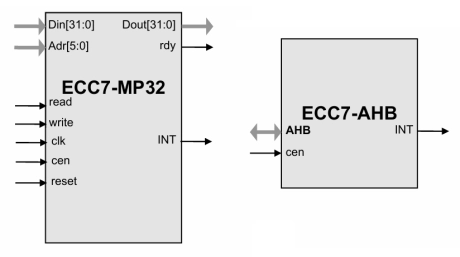Signature IP IP
Filter
Compare
85
IP
from
21
vendors
(1
-
10)
-
CXL 3.0 Controller
- The CXL Controller IP is micro-architected with power, performance, and area optimization for high bandwidth, minimum latency, and low power applications.
- The CXL IP supports seamless transition from FPGA prototyping to production silicon implementation.
- Featuring native integration with SignatureIP's Coherent and Non-coherent Network-on-Chip (NoC) IPs, this controller enables robust SoC subsystems and complete platform solutions
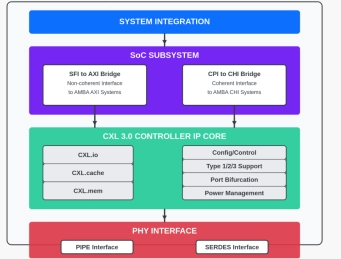
-
PCIe Gen6 Controller
- NoC aware
- Supporting speeds of up to 64 GT/s
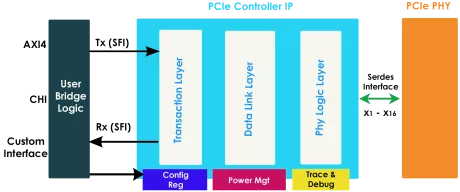
-
Curve25519 Key Exchange and Digital Signature IP Core
- Minimal Resource Requirements: The entire XIP4003C requires less than 800 ALMs (Cyclone® 5) and uses only 1-2 multipliers/DSP Blocks2 and 1-2 internal memory block in a typical FPGA implementation.
- Constant Latency: The execution time of XIP4003C is independent of the key value, and consequently provides protection against timing-based side-channel attacks.
- Performance: Despite its small size, XIP4003C can support more than 100 key exchange or digital signature operations per second.
- Standard Compliance: XIP4003C is compliant with RFC7748, RFC8032, and the draft version of FIPS 186-5. XIP4003C can be used as a part of many public-key protocols including IKEv2 (RFC 8031) and TLS 1.3 (RFC 8446).
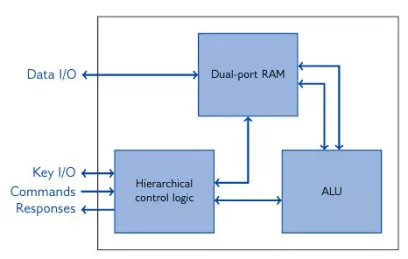
-
Cloud-active NOC configuration tool for generating and simulating Coherent and Non-Coherent NoCs
- Drag & Drop Graphical User Interface
- Unified configuration tree view
- Intelligent routing path calculation
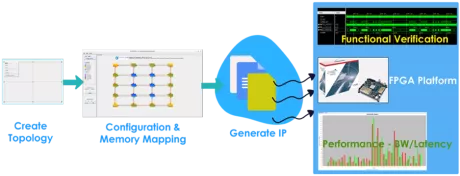
-
Coherent Network-on-chip (NoC) IP
- Layered, scalable, configurable, and physically aware configurable NoC
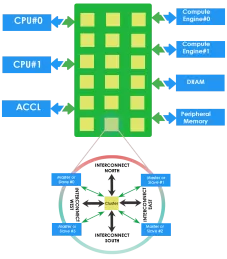
-
Non-coherent Network-on-chip (NoC) IP
- Layered, scalable, physically aware configurable NoC
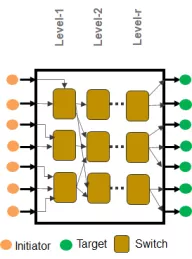
-
RSA Signature Verification IP Core
- Minimal Resource Requirements: The entire XIP5012C requires less than 280 LUTs (lookup tables) and 2 internal memory blocks (Xilinx® Zynq®-7000).
- Performance: Despite its small size, XIP5012C can support more than 10 digital signature verification operations per second.
- Standard Compliance: XIP5012C is compliant with FIPS 186-4.
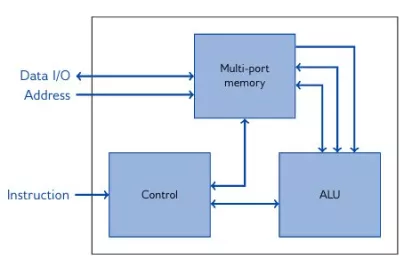
-
Elliptic Curve Digital Signature Algorithm
- Supported Elliptic Curves
- other/custom curves optional support
- Optional Side Channel Attacks countermeasures
- Input/Output EC point verification
- Fully synthesizable, synchronous design
-
Elliptic Curve Digital Signature Algorithm
- Basis The ECDSA functions of CryptOne are powered by a collection of reliable and efficient algorithms and protocols. These techniques quickly and accurately generate and verify digital signatures using the fast execution of elliptic curve-based mathematical operations.
- CryptOne's ECADSA implementation satisfies strict security criteria by conforming to the FIPS 186 standard, guaranteeing compatibility and interoperability with a broad range of cryptography solutions.
-
ECC7 Elliptic Curve Processor for Prime NIST Curves
- Elliptic Curve Cryptography (ECC) is a public-key cryptographic technology that uses the mathematics of so called “elliptic curves” and it is a part of the “Suite B” of cryptographic algorithms approved by the NSA.
- The design is fully synchronous, with the exception of the seed part, and available in both source and netlist form.
- The core is supplied as portable Verilog (VHDL version available) thus allowing customers to carry out an internal code review to ensure its security.
